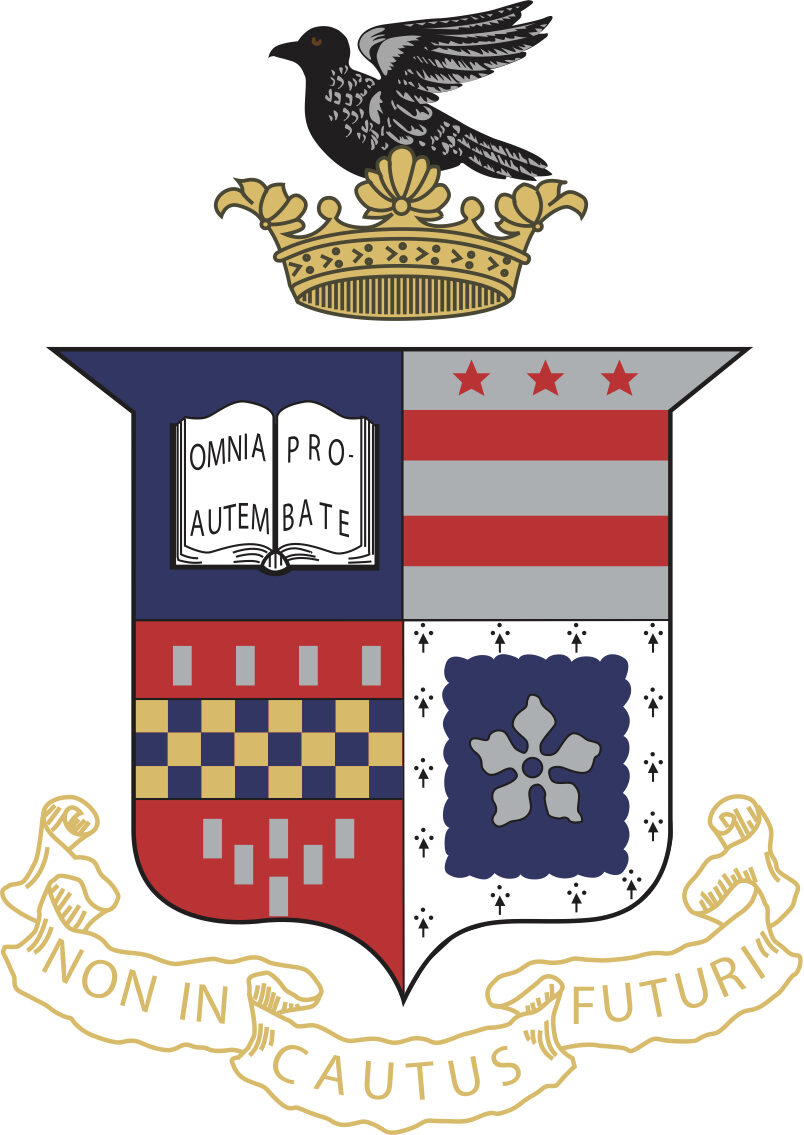Scholars have found that, despite a split on the burden of proof for qualified immunity, courts agreed that defendants must bear the burden of pleading to raise qualified immunity as a defense. This Article is the first to find that, over the past decade, this established consensus has been disrupted, culminating in a fresh circuit split.
This Article investigates twelve Federal Courts of Appeals’ qualified immunity rulings on 42 U.S.C. § 1983 and finds that six have required plaintiffs to anticipate defendants’ qualified immunity arguments at the pleading stage, essentially treating the negating of qualified immunity as an element of § 1983. This Article criticizes this approach, as it distorts the rule-of-law value of the Federal Rules of Civil Procedure, and it cannot be reconciled with the statutory text and the original intent of the forty-second Congress in enacting the Civil Rights Act of 1871.
This new circuit split should not be understood as merely a procedural split regarding the pleading burden. Courts often take advantage of procedural law’s elusive nature and use it as a veil to shield judicial activism. This circuit split is another example. Behind the veil of the pleading allocation is a clear policy agenda: anti-civil rights and unconditionally pro-law enforcement.
Yet, one subtle, albeit salient, theoretical strand remains underexplored: the undertones of states’ rights embedded within the contemporary qualified immunity jurisprudence. Both the Rehnquist and Roberts Courts exhibited a predilection for interpreting the objective knowledge test in a manner favorable to law enforcement, leading to a predicament the Reconstruction Congress once grappled with: the enforceability of a federal right today often hinges upon a state actor’s acknowledgment of that right. Such an outcome, far from being serendipitous, resonates with the Court’s overt pro-states’ rights disposition on many civil rights matters. Thus, the contemporary qualified immunity jurisprudence reflects a departure from the vision of the Reconstruction Congress, which envisioned federal courts as guardians of civil rights. The prevailing sentiment of the Court suggests a reimagining of a new role for federal courts: guardians of states’ rights.
